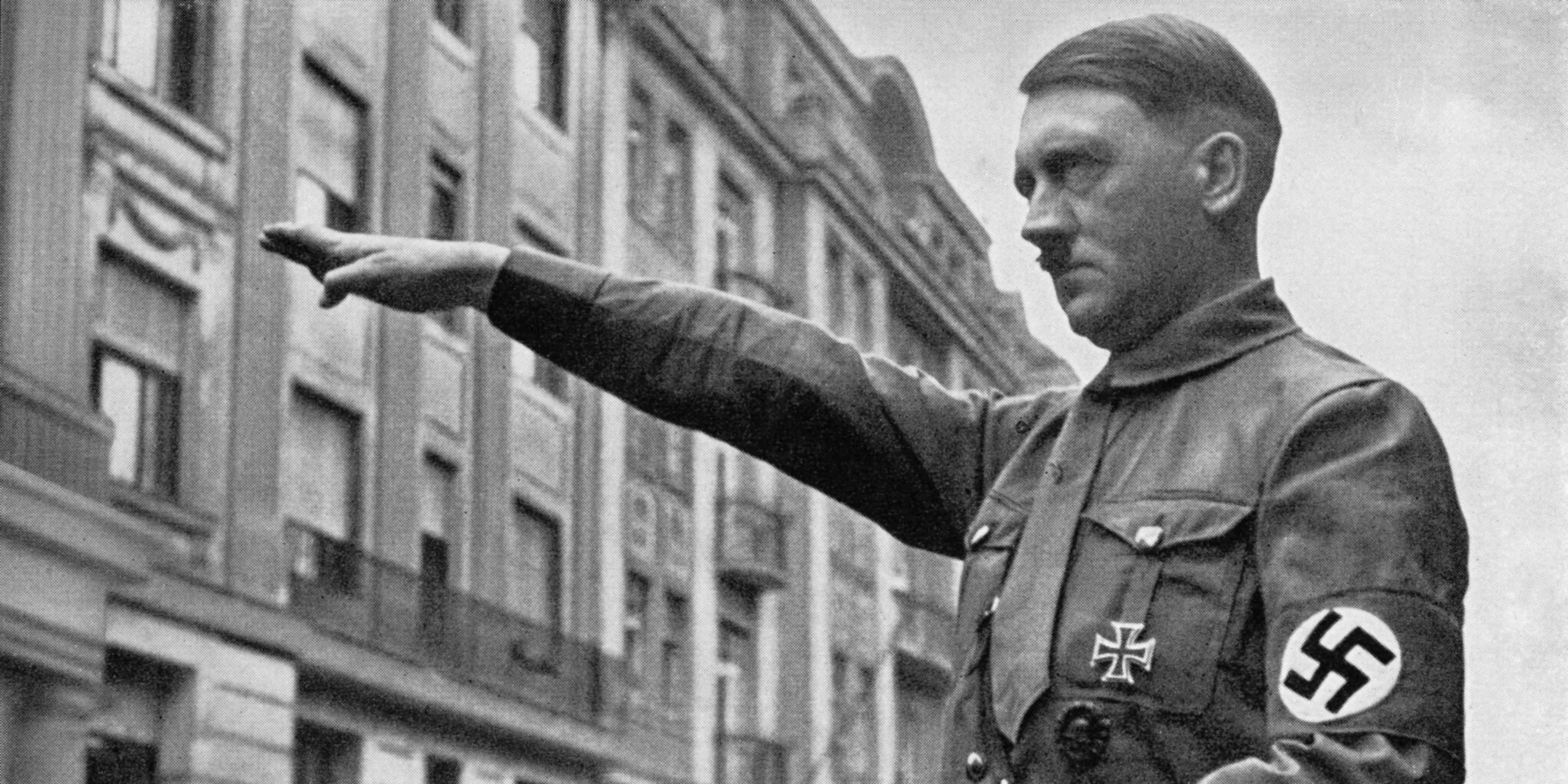Early Life
Adolf Hitler was born on April 20, 1889, in Braunau am Inn, a small Austrian town near the Austro-German frontier. After his father, Alois, retired as a state customs official, young Adolf spent most of his childhood in Linz, the capital of Upper Austria.
Not wanting to follow in his father’s footsteps as a civil servant, he began struggling in secondary school and eventually dropped out. Alois died in 1903, and Adolf pursued his dream of being an artist, though he was rejected from Vienna’s Academy of Fine Arts.
When Hitler Tried (and Failed) to Be an Artist
Long before he rose to become a ruthless dictator, the Nazi leader was a struggling young artist.

Long before he rose to become a ruthless dictator, the Nazi leader was a struggling young artist.
After his mother, Klara, died in 1907, Hitler moved to Vienna, where he pieced together a living painting scenery and monuments and selling the images. Lonely, isolated and a voracious reader, Hitler became interested in politics during his years in Vienna, and developed many of the ideas that would shape Nazi ideology.
Military Career of Adolf Hitler
In 1913, Hitler moved to Munich, in the German state of Bavaria. When World War I broke out the following summer, he successfully petitioned the Bavarian king to be allowed to volunteer in a reserve infantry regiment.
Deployed in October 1914 to Belgium, Hitler served throughout the Great War and won two decorations for bravery, including the rare Iron Cross First Class, which he wore to the end of his life.
Hitler was wounded twice during the conflict: He was hit in the leg during the Battle of the Somme in 1916, and temporarily blinded by a British gas attack near Ypres in 1918. A month later, he was recuperating in a hospital at Pasewalk, northeast of Berlin, when news arrived of the armistice and Germany’s defeat in World War I.
Like many Germans, Hitler came to believe the country’s devastating defeat could be attributed not to the Allies, but to insufficiently patriotic “traitors” at home—a myth that would undermine the post-war Weimar Republic and set the stage for Hitler’s rise.






















